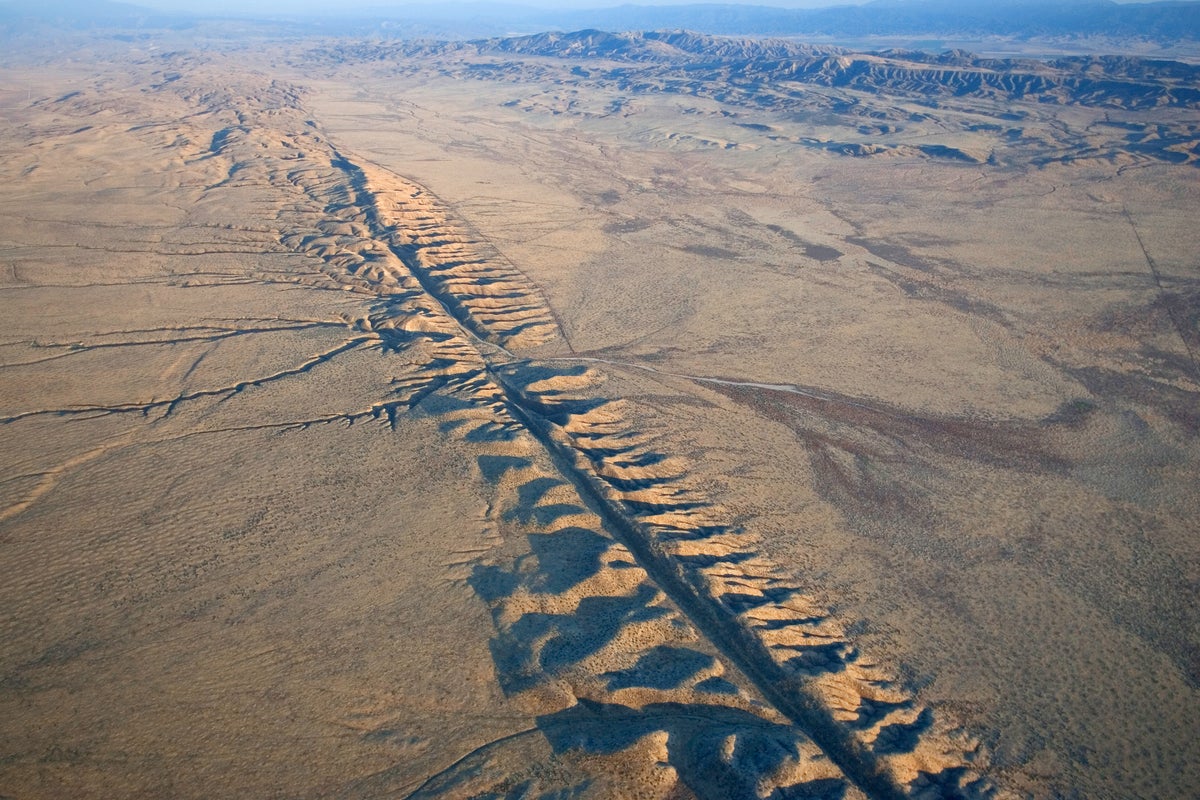
"The West Coast of North America is a geologically tumultuous zone where tectonic plates collide, subducting under and scraping past one another. Over the eons, this activity has regularly caused major earthquakes. New research reveals that some of these seismic events may have happened in sync along the coast's two major faults: the San Andreas Fault and the Cascadia Subduction Zone. A team of researchers analyzed a trove of seafloor sediment from the region where the faults meet off the coast of northern California."
"Chris Goldfinger, an Oregon State University marine geologist and lead author of the new paper, compares the process to tuning an analog radio, in which the device's oscillators are synced up to convert incoming signals. When you tune an old radio, you're essentially causing one oscillator to vibrate at the same frequency as the other one, he says. When these faults synchronize, one fault could tune up the other and cause earthquakes in pairs."
Seafloor sediment collected where the San Andreas Fault meets the Cascadia Subduction Zone indicates that the two fault systems produced several synchronized earthquakes during the past 3,000 years. The Cascadia Subduction Zone spans from Vancouver Island to northern California while the San Andreas Fault extends 750 miles south along the plate boundary. Data from cores taken at the Mendocino Triple Junction show repeated coupled seismic events. Fault synchronization can operate like oscillators in an analog radio, with one fault tuning another and causing paired ruptures. Ongoing seafloor drilling since 1999 has provided the physical records used to identify these linked earthquake occurrences.
Read at www.scientificamerican.com
Unable to calculate read time
Collection
[
|
...
]